Finding a bump on your vagina can be a cause for concern and anxiety. It’s natural to wonder, “Why do I have a bump on my vagina?” There are many potential causes for vaginal bumps, ranging from harmless conditions to those that might require medical attention. This article will explore the various reasons why you might have a bump on your vagina, the symptoms to watch for, and the treatment options available.
Common Causes of Vaginal Bumps
1. Ingrown Hairs
Ingrown hairs are a frequent cause of bumps in the vaginal area. They occur when a hair grows back into the skin instead of rising up from it. This can lead to inflammation, pain, and a small bump.
- Symptoms: Redness, swelling, and sometimes pus.
- Treatment: Exfoliation, warm compresses, and avoiding shaving or waxing for a while.
2. Folliculitis
Folliculitis is an infection of the hair follicles, often caused by bacteria or fungi. It can result in small, red, or white-headed bumps around the hair follicles.
- Symptoms: Itchy, painful bumps, sometimes filled with pus.
- Treatment: Topical or oral antibiotics, antifungal treatments, and proper hygiene.
3. Cysts
Cysts, such as Bartholin’s cysts, are fluid-filled sacs that can form in the vaginal area. Bartholin’s glands, located on either side of the vaginal opening, can become blocked, leading to the formation of a cyst.
- Symptoms: Painless lump, discomfort during intercourse or while walking.
- Treatment: Warm compresses, drainage, or surgical removal if necessary.
4. Genital Herpes
Genital herpes is a sexually transmitted infection (STI) caused by the herpes simplex virus (HSV). It can cause painful sores or bumps in the genital area.
- Symptoms: Painful blisters, itching, flu-like symptoms.
- Treatment: Antiviral medications to manage outbreaks and reduce transmission risk.
5. Genital Warts
Genital warts are caused by certain strains of the human papillomavirus (HPV). They can appear as small, flesh-colored bumps or have a cauliflower-like appearance.
- Symptoms: Itchy, uncomfortable bumps.
- Treatment: Prescription creams, cryotherapy, or surgical removal.
Less Common Causes of Vaginal Bumps
1. Molluscum Contagiosum
Molluscum contagiosum is a viral infection that causes small, firm, raised bumps on the skin.
- Symptoms: Smooth, pearly bumps with a dimple in the center.
- Treatment: Usually resolves on its own, but can be treated with topical therapies or removal.
2. Skene’s Duct Cysts
These cysts form when the Skene’s glands, located near the urethral opening, become blocked.
- Symptoms: Small, painful lump near the urethra.
- Treatment: Warm compresses, drainage, or surgical removal if necessary.
3. Sebaceous Cysts
Sebaceous cysts are noncancerous bumps beneath the skin caused by blocked sebaceous glands.
- Symptoms: Smooth, painless lump.
- Treatment: Usually not necessary unless infected, then antibiotics or drainage may be needed.
When to See a Doctor
Warning Signs to Watch For
- Persistent Pain or Discomfort: If the bump is causing ongoing pain or discomfort, it’s important to seek medical advice.
- Rapid Growth: Any bump that grows quickly should be evaluated by a healthcare professional.
- Unusual Discharge or Odor: This could indicate an infection that needs treatment.
- Associated Symptoms: Fever, swollen lymph nodes, or flu-like symptoms alongside the bump.
Diagnostic Procedures
- Physical Examination: A thorough examination of the bump and surrounding area.
- Lab Tests: Swabs or cultures to identify infections.
- Imaging: Ultrasound or MRI if deeper evaluation is needed.
- Biopsy: In rare cases, a small tissue sample may be taken for analysis.
Treatment Options
Home Remedies
- Warm Compresses: To reduce swelling and promote drainage.
- Good Hygiene: Keeping the area clean and dry.
- Avoid Irritants: Such as harsh soaps or scented products.
Medical Treatments
- Antibiotics or Antifungals: For bacterial or fungal infections.
- Antivirals: For managing herpes outbreaks.
- Surgical Intervention: For cysts or warts that do not respond to other treatments.
Preventing Vaginal Bumps
Proper Hygiene
- Regular Cleaning: Using mild, unscented soap and water.
- Avoiding Tight Clothing: To reduce friction and irritation.
- Safe Sexual Practices: Using condoms and regular STI screenings.
Hair Removal Techniques
- Shaving Tips: Using a clean, sharp razor and shaving in the direction of hair growth.
- Alternatives: Considering waxing, laser hair removal, or trimming instead of shaving.
Understanding Your Body
Know What’s Normal
- Regular Self-Exams: Familiarize yourself with the normal look and feel of your vaginal area.
- Document Changes: Keep a record of any new bumps or changes and discuss them with your healthcare provider.
Seeking Support
- Talk to Your Doctor: Don’t hesitate to discuss any concerns or symptoms with a healthcare professional.
- Support Groups: Connecting with others who have similar experiences can provide emotional support. Read more similar articles on: healthlinemedia
Conclusion
While discovering a bump on your vagina can be alarming, it’s important to remember that there are many potential causes, most of which are treatable. By understanding the various reasons for vaginal bumps and seeking appropriate care, you can address your concerns and maintain your health. If you’re ever in doubt, don’t hesitate to consult with a healthcare provider to get a proper diagnosis and treatment plan.
FAQs
What should I do if I find a bump on my vagina?
It’s important to keep the area clean, avoid any potential irritants, and monitor the bump for any changes. If the bump is painful, rapidly growing, or associated with other symptoms, you should seek medical attention.
Can vaginal bumps go away on their own?
Some bumps, like ingrown hairs or mild folliculitis, may resolve on their own with proper care. However, other conditions may require treatment, so it’s best to consult with a healthcare provider if you’re unsure.
Are vaginal bumps always a sign of an STI?
No, there are many non-STI-related causes of vaginal bumps, such as ingrown hairs, cysts, and folliculitis. However, STIs can also cause bumps, so it’s important to get a proper diagnosis if you suspect an infection.
How can I prevent vaginal bumps?
Maintaining good hygiene, practicing safe sex, and using proper hair removal techniques can help reduce the risk of developing vaginal bumps. Avoiding irritants and wearing breathable clothing can also help.
Is it normal to have occasional bumps on the vagina?
Yes, occasional bumps can occur for various reasons and are often not a cause for concern. However, if you experience persistent or unusual bumps, it’s important to seek medical advice.By understanding the possible causes and treatments for vaginal bumps, you can take proactive steps to care for your health and well being. If you have any concerns or questions, always consult with a healthcare professional for personalized advice and treatment.





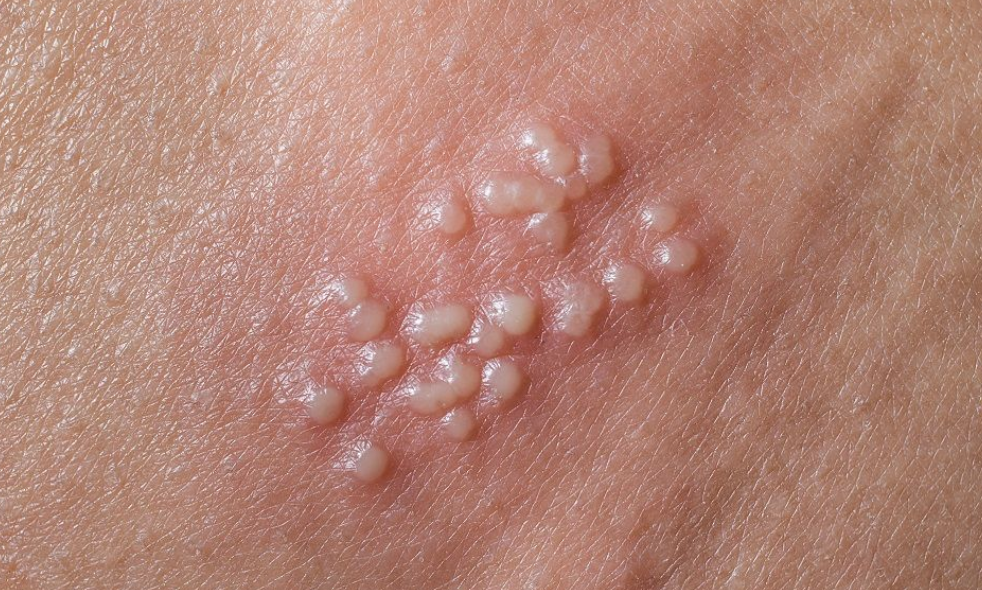
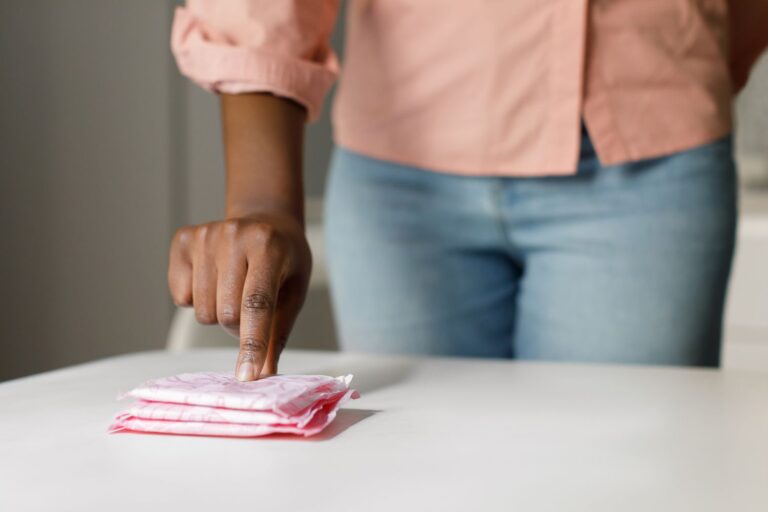


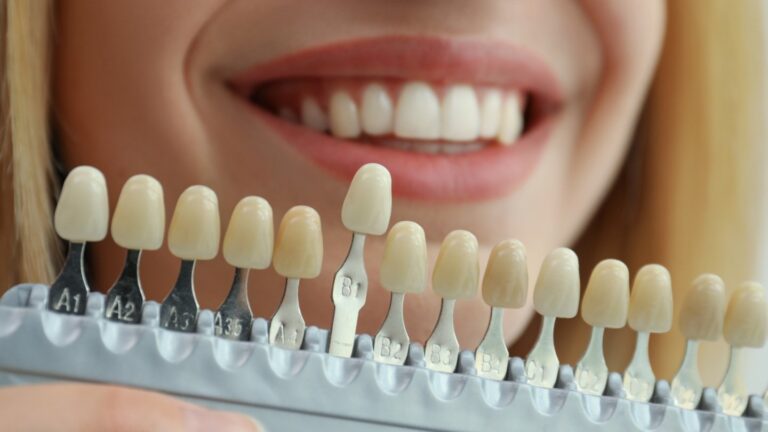
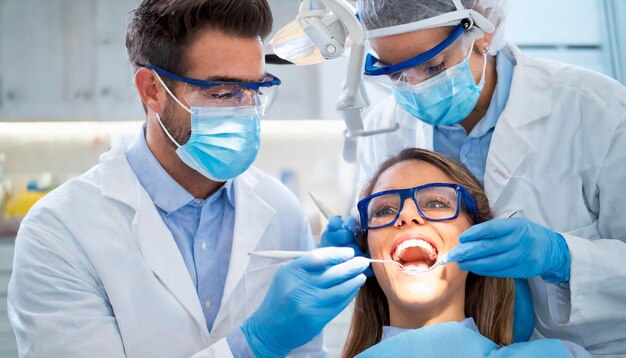


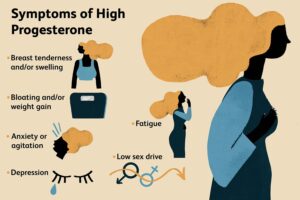
One thought on “Why Do I Have a Bump on My Vagina? Understanding Causes, Symptoms, and Treatments”